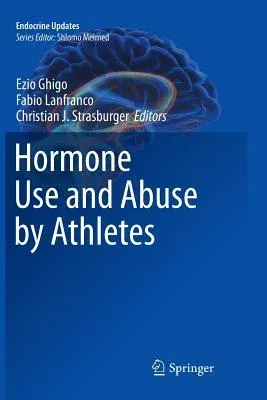Physical activity exerts an important influence on the endocrine system,
modulating synthesis and secretion of several hormones. Almost every
organ and system in the body is affected by physical activity and
exercise, mainly through the endocrine and neuroendocrine system. Mode,
intensity, and duration of the exercise bout, age, gender and fitness
level of the individual as well as environmental and psychological
factors may affect the endocrine response to physical activity.
On the other hand, several hormones are able to influence physical
performance and body composition. Thus, a bi-univocal interrelationship
between exercise and hormones exists.
In this book new developments on metabolic and endocrine response to
exercise are revised and introduce the "hot topic" of hormonal doping in
sports. In the past decades, hormone abuse has become a widespread habit
among professional and - most of all and more frequently - recreational
athletes. A substantial part of this volume is devoted to the effects of
exogenous hormones on performance. Anabolic steroids, growth hormone and
erythropoietin properties, use and misuse in sports are widely
described. Specific methods to detect hormone abuse are presented and
discussed.
The contributors to this volume are well-known experts and dedicated
researchers in the fields of sports medicine and endocrinology,
endocrine physiology, pharmacology, and doping detection.
The purpose of this volume is to provide all professionals involved in
sports medicine and endocrinology a state-of-the-art overview of the
complex interactions between physical activity and the endocrine system
and to focus on hormone abuse in sports at competitive and recreational
level highlighting its negative consequences for long-term health.

